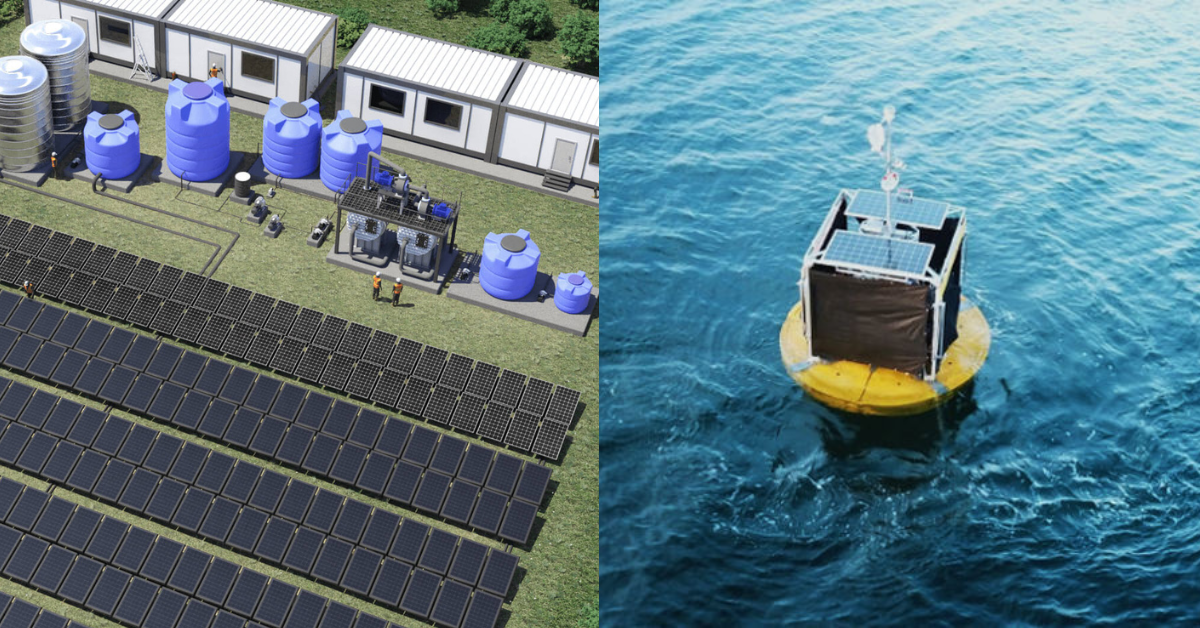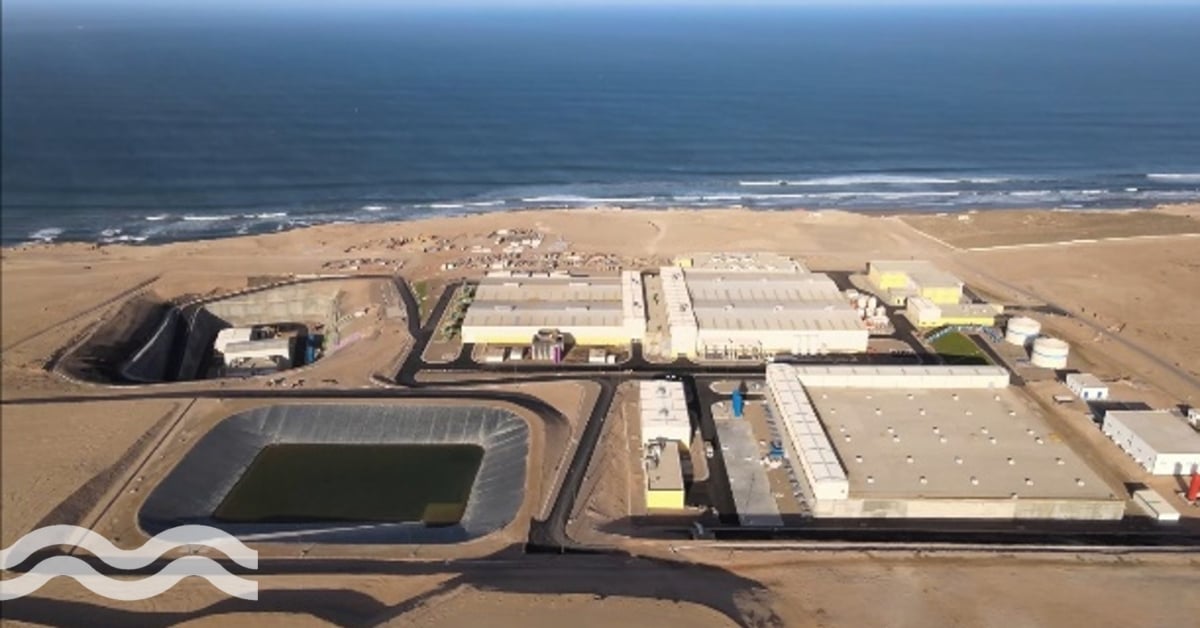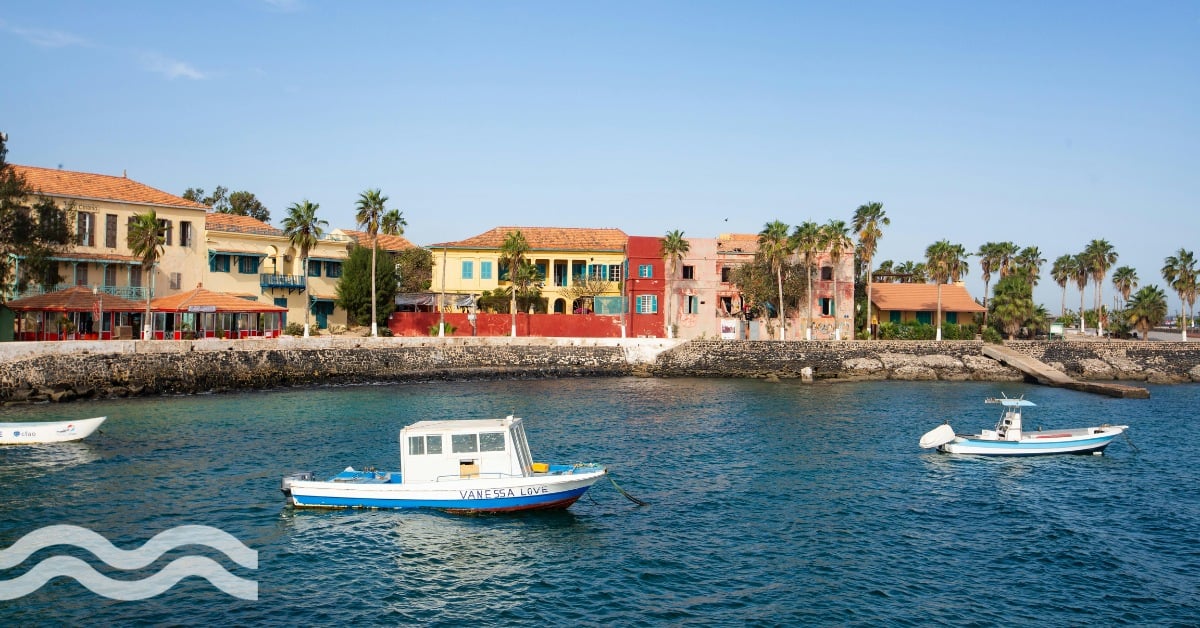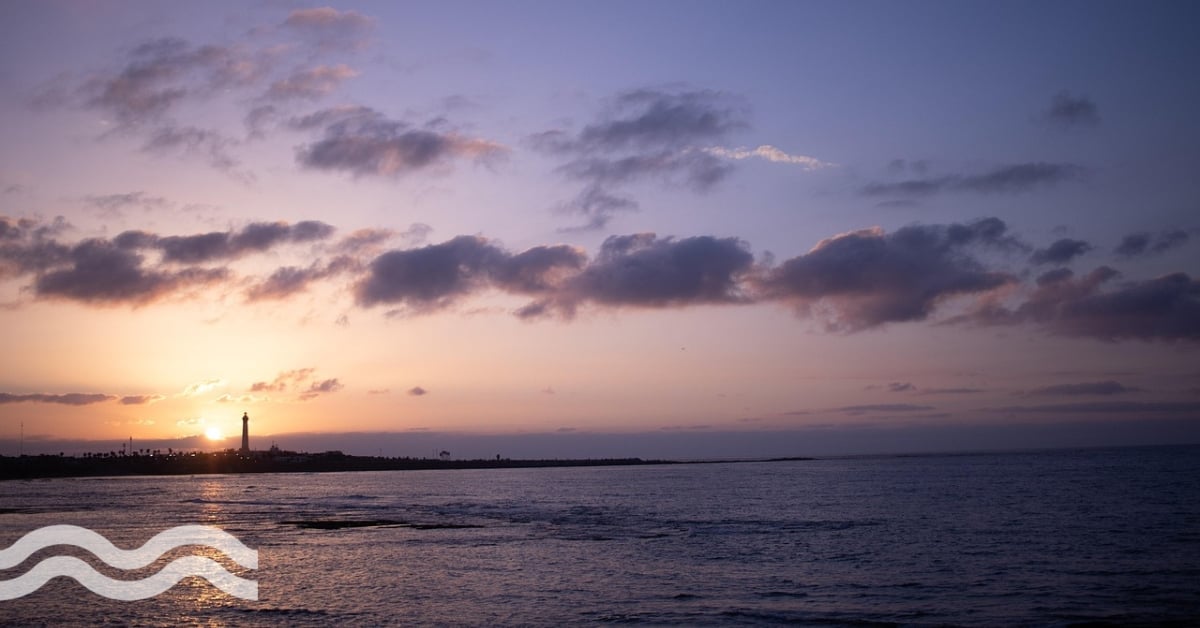Agadir upgrade increases desalination capacity as Morocco grapples with scarcity
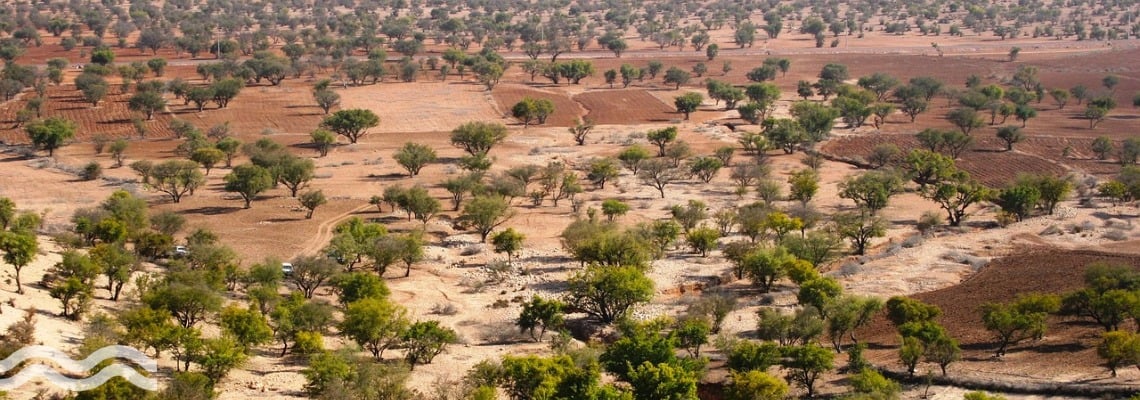
From water emergency to long-term security plan
It was only three years ago, in 2022, when the Moroccan government declared a water emergency.
Talking to Aquatech Online at the time, Khalid Tahri, technical and engineering senior manager from the National Office of Electricity and Drinking Water (ONEE), said that the country “faces growing demand for drinking water and the scarcity of conventional water resources in some regions, while the country witnesses a deficit in natural runoff resulting from climate change”.
Part of the government’s action plan to tackle scarcity and to meet growing demand was to expand its desalination capacity from 300,000 m3/day installed desalination capacity, to one million cubic metres per day.
Two years later, in 2024, Nizar Baraka, Morocco’s minister of Infrastructure and Water, told local news that the country wanted desalination plants to produce half of its drinking water by 2030.
Fast forward to the present day, and into the future, and Morocco is still facing water stress following prolonged droughts that have left reservoir levels at historic low levels and threatened agriculture, drinking water supplies and, more broadly, the country's economy.
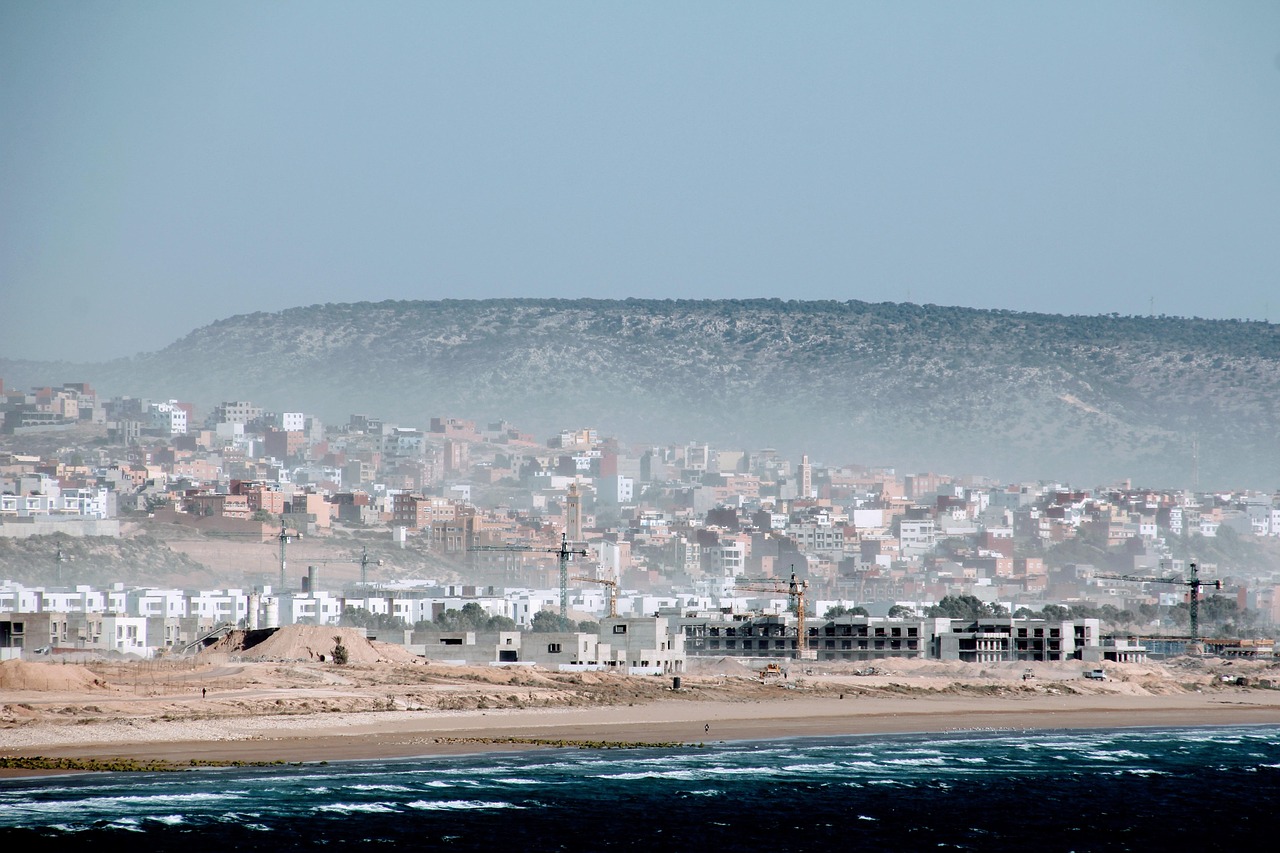
Morocco’s current and future desalination capacity
Baraka told a recent conference in Casablanca that the country currently operates 17 desalination plants, with four others under construction. The national government has plans to build nine more, through public-private partnerships, aiming for a total capacity of 1.7 billion cubic metres annually by 2030.
New desalination plants form part of the country’s National Energy Strategy and National Water Plan. The latter was agreed in 2020, but extended in 2023 when King Mohammed VI allocated an additional budget in support of the National Program for Drinking Water Supply and Irrigation 2020-2027 (a subset of the National Water Plan).
Capacity increases at the desalination plant in Agadir
To increase water security in the country, as well as build new desalination plants, the government has given the go-ahead to update and extend existing provisions.
Located in the province of Chtouka-Aït Baham in the Souss region of Morocco, the Agadir desalination plant is undergoing work to increase its capacity from 275,000 m³/day to 400,000 m³/day, an increase of 125,000 m³/day. This work will be carried out by Cox, a water and energy management company, based in Spain.
Water from the plant is used for both drinking water and irrigation. It supplies drinking water to approximately two million people and helps to irrigate almost 14,000 hectares of farmland that produces roughly 65 per cent of Moroccan vegetable and fruit exports. By removing the need to use fresh water for irrigation, the plant helps to conserve local aquifers.
Total investment in the plant’s upgrade will be in the region of €250 million, with work due to last two years, before it reaches full capacity.
Powering desalination with renewable energy
Renewable energy, in the form of wind power, will be used to power the plant at Agadir. The use of renewable energy overcomes one of the challenges of relying heavily on a desalination water security policy.
Desalination is traditionally energy-intensive compared to other water sources, but Morocco is exploring the use of renewable sources as a means to bring operational costs down.
A wind power facility, built by Cox, is scheduled to become operational in 2027 with a supply capacity exceeding 150MW.
Cox has been operating in Morocco for 50 years, with the company’s executive chairman, Enrique Riquelme, telling media: “The expansion of Agadir represents a highly significant milestone for Cox, reinforcing our commitment to Morocco and consolidating our growth strategy in the water and energy sectors.”
Continuing Morocco’s public-private finance plan
Like many other desalination plants being built in Morocco, the Agadir desalination plant will be expanded through a public-private finance model; a collaboration between Cox and Moroccan authorities: ONEE (Office National de l’Électricité et de l’Eau Potable), and the Ministry of Agriculture, Maritime Fisheries, Rural Development, and Water and Forests.
Another example of this model being used to develop Morocco’s water security is the Casablanca desalination plant, currently under construction. The public contract will be held with Morocco’s Office National de l'Électricité et de l'Eau Potable, while the plant will be built by the Al Baidaa Desalination Company consortium, of which ACCIONA has the largest share (50 per cent), followed by Green of Africa (45 per cent), a privately owned company, specialising in the development, financing and operation of renewable energy power plants, and AfriquiaGaz (five per cent), an energy supply specialist based in Casablanca.
Plants currently under construction in Morocco
Additional plants currently under construction include a Veolia-built plant near Rabat that will have the capacity to produce 822,000 m3 of drinking water per day, or 300 million cubic metres per year. This plant will supply drinking water to nine million people and ensure water security for the Rabat-Salé-Kénitra and Fès-Meknès regions.
In Casablanca, a 300 million cubic metre per year capacity plant is being built that will use reverse osmosis technology powered entirely by wind power. To achieve this, the 360MW Bir Anzarane wind farm will dedicate 47 per cent of its output to the plant.
Other water infrastructure projects are also helping to address water availability and demand issues. For example, OCP Green Water is building a pipeline to transfer desalinated water over 200 km from the coastal plant at Jorf Lasfar to the Khouribga mining site, which is the largest phosphate mining site in the world.
The pipeline will achieve several goals: first, it will transfer 80 million cubic metres of desalinated water to the mining site every year. Not only will this meet all of the mine’s conventional water needs, it will help preserve the city of Khouribga’s drinking and agricultural water supply by reducing the mine’s usage of dam water by 80 per cent.

